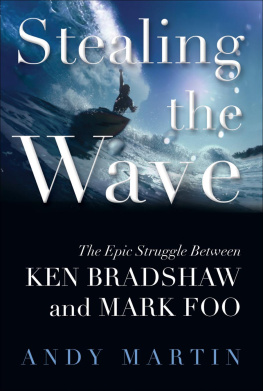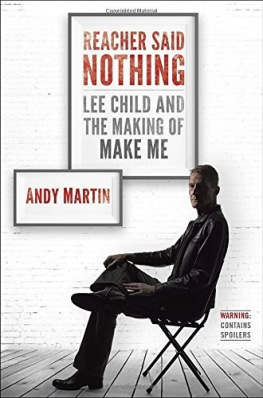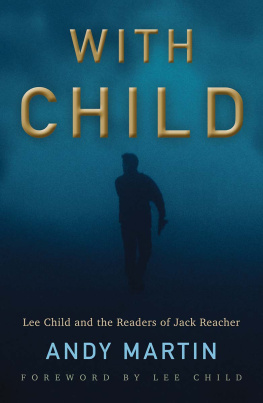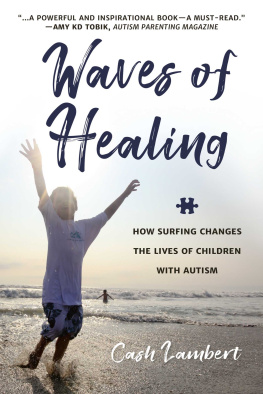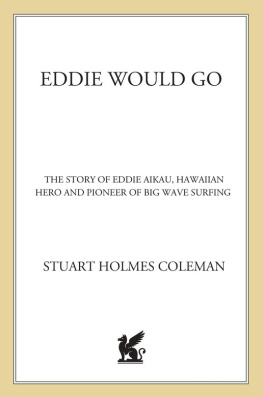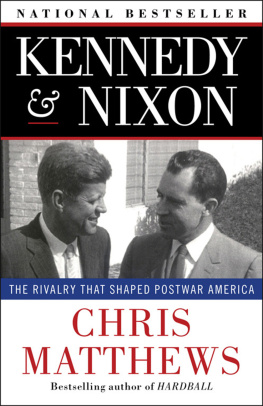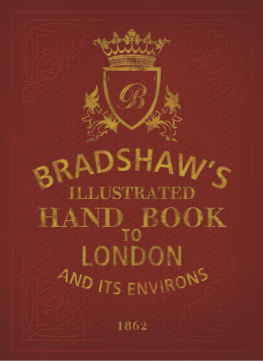Stealing
the Wave
BY THE SAME AUTHOR
Walking on Water
Waiting for Bardot
Stealing
the Wave
the epic struggle between
KEN BRADSHAW
& MARK FOO
ANDY MARTIN
BLOOMSBURY
Copyright 2007 by Andy Martin
All rights reserved. No part of this book may be used or reproduced in any manner whatsoever without written permission from the publisher except in the case of brief quotations embodied in critical articles or reviews. For information address Bloomsbury USA, 175 Fifth Avenue, New York, NY 10010.
Published by Bloomsbury USA, New York
Distributed to the trade by Holtzbrinck Publishers
All papers used by Bloomsbury USA are natural, recyclable
products made from wood grown in well-managed
forests. The manufacturing processes conform to the
environmental regulations of the country of origin.
LIBRARY OF CONGRESS CATALOGING-IN-PUBLICATION DATA HAS BEEN APPLIED FOR.
eISBN: 978-1-59691-852-8
First U.S. Edition 2007
1 3 5 7 9 10 8 6 4 2
Typeset by Hewer Text UK Ltd, Edinburgh
Printed in the United States of America by Quebecor World Fairfield
ACKNOWLEDGMENTS
This book could not have been written without Ken Bradshaw, Sharlyn Foo, Mark Foo, Matt Warshaw, Steve Barilotti, John Callahan, Randy Rarick, Dennis Pang, Heather Martin, Alec Cooke, Roger Erickson, Michael Willis, Milton Willis, Peter Cole, Brock Little, Spud, Mark Dambrowski, Bodo van der Leeden, Ted Deerhurst, Clyde Aikau, David Godwin, John Gomes, Jack, Mike Parsons, Titus Kinimaka, Al Hunt, Layne Beachley, Darrick Doerner, Laird Hamilton, Jay Moriarity, Dan Moore, Mike Jones, Surfer magazine, the Independent (Matt Tench), the Independent on Sunday (Mark McKenzie), Expedia.co.uk, Rip Curl, O'Neill, Billabong. Or the universities of Cambridge, Columbia, and Rutgers. Or a few others who remain mysterious but not forgotten.
For Spencer and Jack
Sharing the wave
'Everything is water'
Thales, 6th century BC
CONTENTS
When I was about fourteen or fifteen I had to write an essay at school entitled something like 'My Hero (or Heroes)' and explaining why I found X or Y to be so heroic. I found this one of the most challenging essays I'd ever had to write. And not just because it was in French. It was more because I didn't really have any heroes. I ended up writing something about the Apollo moon missions (what was 'rocket' in French anyway?) and the joys of flying to the moon and leaping over giant craters. But in truth I was faking it, to some extent anyway. Astronauts, soldiers, athletes, writers and intellectuals they were all interesting and some of them were doing or had done a fine job, but were they really heroic? Did I want to be like any of them?
It was another decade or so before I discovered who my true heroes were. You could call them anti-heroes, but it amounts to the same thing. Most of them were surfers. Now some of them are dead. This is a story about two of them. There are a lot of waves in this book, but it's not really about surfing. It's about love and death, rivalry and friendship, and two very different men who came from opposite ends of the earth - Texas and Singapore, East and West - and ended up meeting in the middle, in Hawaii.
It is a mistake to think of Hawaii as a land of pleasure and happiness, a mid-ocean centre for R&R. The spirit of aloha is a myth invented by shipping lines to suck in gullible tourists. Hawaii is an arena of gladiatorial conflict and always has been. The island is a natural coliseum with a history of violence. As in ancient Rome or Troy, so in Hawaii: the exploits of its heroes arouse pity and terror in the heart of the observer. In mine anyway.
Hawaii comprises the most isolated chain of islands on the planet: a bunch of volcanoes that poke up out of the middle of the Pacific like periscopes. This land is cooled magma that boiled up out of a geological 'hot spot' beneath the earth's crust. Even now, a few aeons later, colonised by plants, insects, animals, birds and one and a quarter million human beings, it remains prone to eruption. All islands are harsh, unforgiving environments in which there is a permanent struggle for extremely finite resources. There is no Garden of Eden here, no 'paradise' beloved of the tourist brochures, only a strenuous Darwinian struggle for survival.
The Hawaiian legend of the menehune refers back to a race of 'little people' who preceded the Polynesians and first peopled the islands more than a millennium ago. The menehune were kindly, easygoing, peace-loving, benevolent folk, innocent souls, full of the milk of human kindness. Recent archaeology suggests that this was no legend - the menehune were real, a species of smaller humans, scared to death of the larger, lumbering monsters who were destined to take over. It seems probable that the Hawaiians (as we know them now) slaughtered the lot of them. The menehune were completely wiped out in a merciless inter-species holocaust. All that remains of them is buried skeletons, a distant stirring of the collective memory and a few surf contests for kids under the banner 'menehune'.
To understand Hawaii we have to forget palm trees and sultry breezes. Hawaii is a metropolis made out of water, a brutal exercise in the reality principle. Like New York, with its limited space, it has had to build up. Hawaii is to big waves what New York is to tall buildings, and the North Shore - extending from Turtle Bay to Kaena Point, 'the biggest impact zone in the world' as the captain of lifeguards described it to me, twelve miles of highly corrugated water - is its Manhattan.
Waimea Bay is its Empire State.
The beach is a jungle. When, in 1778, the Hawaiians did to Captain Cook exactly what his name seemed to be inviting them to do - when he was clubbed, stabbed, battered and drowned for good measure at Kealakekua Bay on the Big Island and finally sacrificed to the gods it established a precedent and a modus operandi for future Hawaiians. Most of the action in this book takes place at another bay, Waimea Bay, on the main island of Oahu. Waimea means 'reddish water'the colour may have something to do with the iron-rich earth washed down from the mountains, or it may be a reference to all the blood perpetually being spilt to incarnadine the multitudinous seas. A smooth crescent moon of flawless white sand and tranquil turquoise water in the summer, come the winter it turns into a tempestuous, explosive seascape out of which monstrous waves burst forth like new volcanoes, framed by jagged pinnacles of cooled lava at both ends.
In 1792 Captain George Vancouver, who had served under Cook and was in command of another vessel named Discovery, anchored at Waimea with a notion of encouraging the islanders to desist from their deadly inter-island warfare. He sent a party ashore to collect fresh water. What is known in military parlance as a 'skirmish' ensued in which several men were killed, including two English sailors. It is believed that their bodies were burnt, partly eaten, and offered up to the gods at the heiau a temple and sacred site which still sits in ruined splendour on the black crumbling cliffs that tower up above the Bay. Human sacrifices used to be made here in association with prayers for big surf. Since ancient times, Waimea has been a place of myth, miracle, madness and murder. In the last quarter of the twentieth century, two more men, Ken Bradshaw and Mark Foo, would be making their own sacrifices at Waimea Bay as they clashed in the hunt for extremely large waves. This book is the history of their skirmishes.

